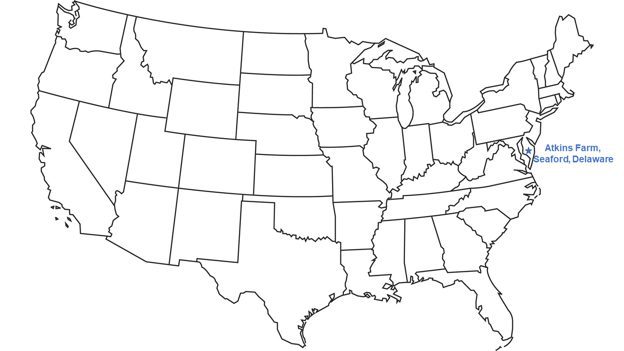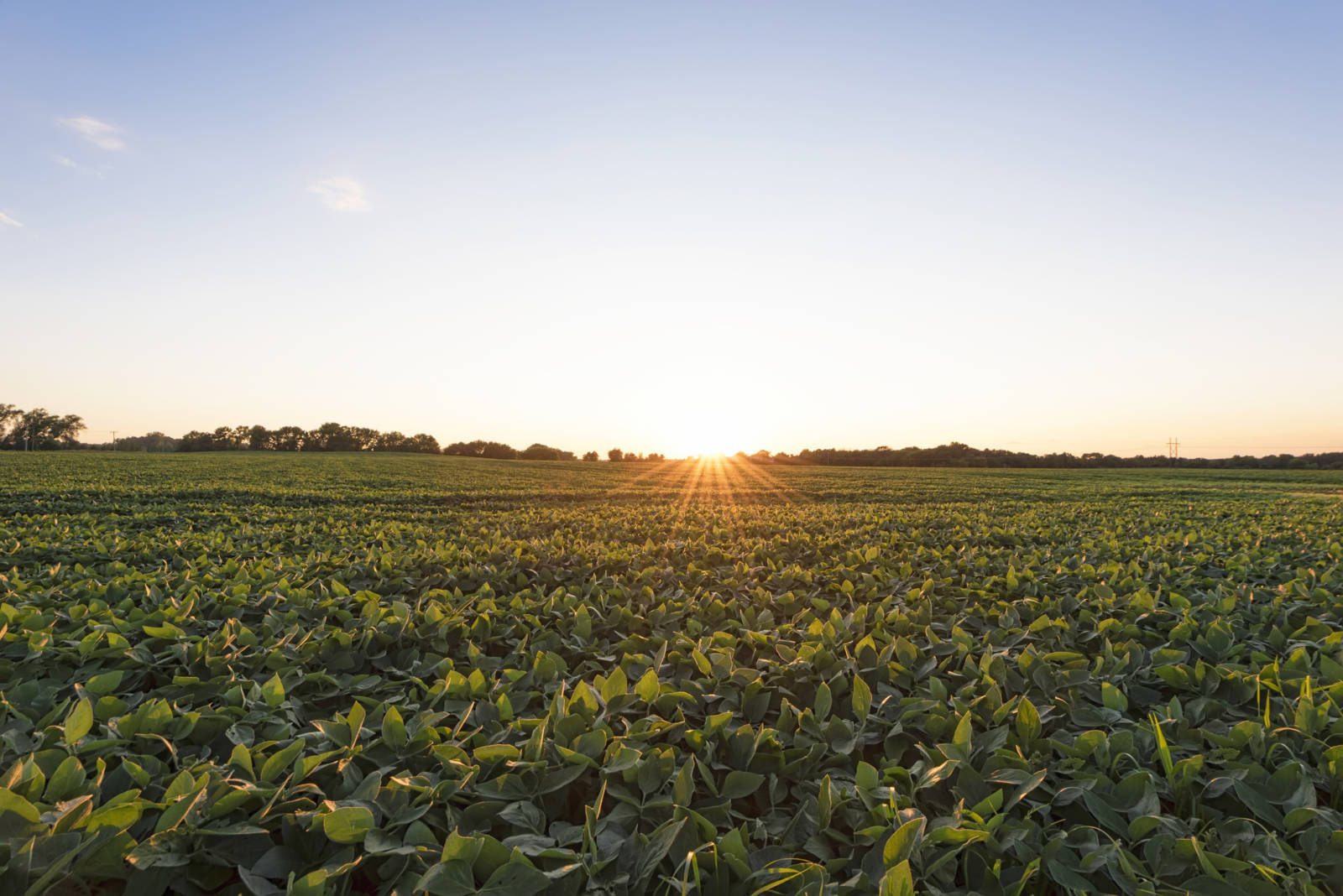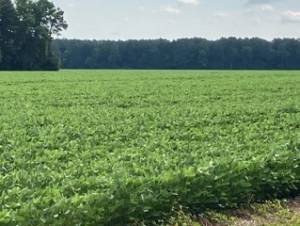 It’s still hot. And it has been dry, although we recently had some timely rains in our immediate area. Then late last week the whole state got some rain and wind thanks to Tropical Storm Fay. This storm will provide much-needed rain, and the winds aren’t much of a threat to the crop at the current stages. Green corn plants are much stronger and more resilient than matured corn ready for harvest. During late summer and early fall, when tropical storms and hurricane season is greater, these storms are much more of a threat to our crops.
It’s still hot. And it has been dry, although we recently had some timely rains in our immediate area. Then late last week the whole state got some rain and wind thanks to Tropical Storm Fay. This storm will provide much-needed rain, and the winds aren’t much of a threat to the crop at the current stages. Green corn plants are much stronger and more resilient than matured corn ready for harvest. During late summer and early fall, when tropical storms and hurricane season is greater, these storms are much more of a threat to our crops.
My full-season soybeans have canopied, meaning that they have grown and branched out enough that the plants shade the rows in between them. That means they can shade weeds that try to grow now. They are starting to flower, as well. My double-crop soybeans, which were planted after harvesting winter small grains last month, are smaller, but continue to grow despite the heat.
For my seed business, I have been delivering soybean seed to other farmers who are planting double-crop soybeans. As I’ve been to other areas of our county that haven’t gotten timely rains prior to the tropical storm, I’ve seen crops in much worse shape than mine. In fact, I’m not sure if the rain from the latest storm will be enough to save some corn crops.
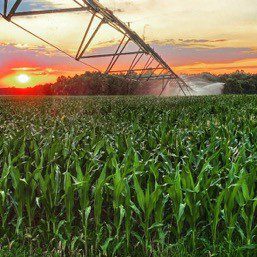 Because of the timely rain and the availability of irrigation for some fields, my corn is doing better than that. Some corn is starting to tassel, while later-planted fields are about waist-high. At that size, the corn also shades out or out-competes any weeds that come up now.
Because of the timely rain and the availability of irrigation for some fields, my corn is doing better than that. Some corn is starting to tassel, while later-planted fields are about waist-high. At that size, the corn also shades out or out-competes any weeds that come up now.
Most of my lima beans have been planted, and I now need to apply herbicide to control weeds in those fields. Because I use a no-till system, herbicide is the best way to manage weeds, but I have fewer herbicide options available for use in lima beans. The goal is to control weeds while they are small and hurt the growth of the larger weeds so that the lima beans can best compete for moisture and soil nutrients. I still have some double-crop lima beans to plant in fields where I recently harvested my winter wheat and winter barley.
Timing for planting my lima beans was a combination of the scheduling the processing plant does to spread out when fields are ready for harvest, and my ability to plant them given all my other work. The lima beans need to be picked and processed in a timely way to ensure quality. The crop takes about 80 or 90 days to be ready for harvest, so my full-season lima beans will be harvested about mid-September. The double-crop lima beans will catch up to those already planted, and will likely be harvested just a couple weeks later.
My small grains harvest went well, although the yields weren’t great. Because that went smoothly, I was able to get my double-crop soybeans planted quickly. And now the combine is ready to be washed – not a fun job, but easier to tackle in the heat of summer than it is when we do it in the cold of late fall after harvesting soybeans and corn.
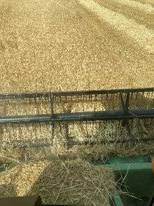
It’s finally the end of the spring busy season. I keep running irrigation when it is hot and dry. But when we get rain, I turn the irrigation off until it is needed again. I scout my crops for insects and diseases every couple weeks, but I have hired an independent crop consultant who scouts weekly and will let me know of any pest problems that show up.
Now I have time to finish paperwork that I have been putting off for the last couple months and participate in industry meetings. That includes reports for the Farm Service Agency (FSA), the government branch that supports farmers, as well as meetings related to the soy checkoff.
But we continue to feel the effects of COVID-19 in these areas. It has been challenging to work with the FSA and other government agencies because physical locations aren’t open yet. While other businesses have reopened, the government agencies have been very cautious.
And we continue to hold industry meetings virtually. While I appreciate the technology, it is harder to be fully engaged in virtual meetings. We are managing the virus, and hopefully we will continue to improve the ways we navigate it.
At least some of those activities can be done inside, out of the heat, while we wait for more rain.
